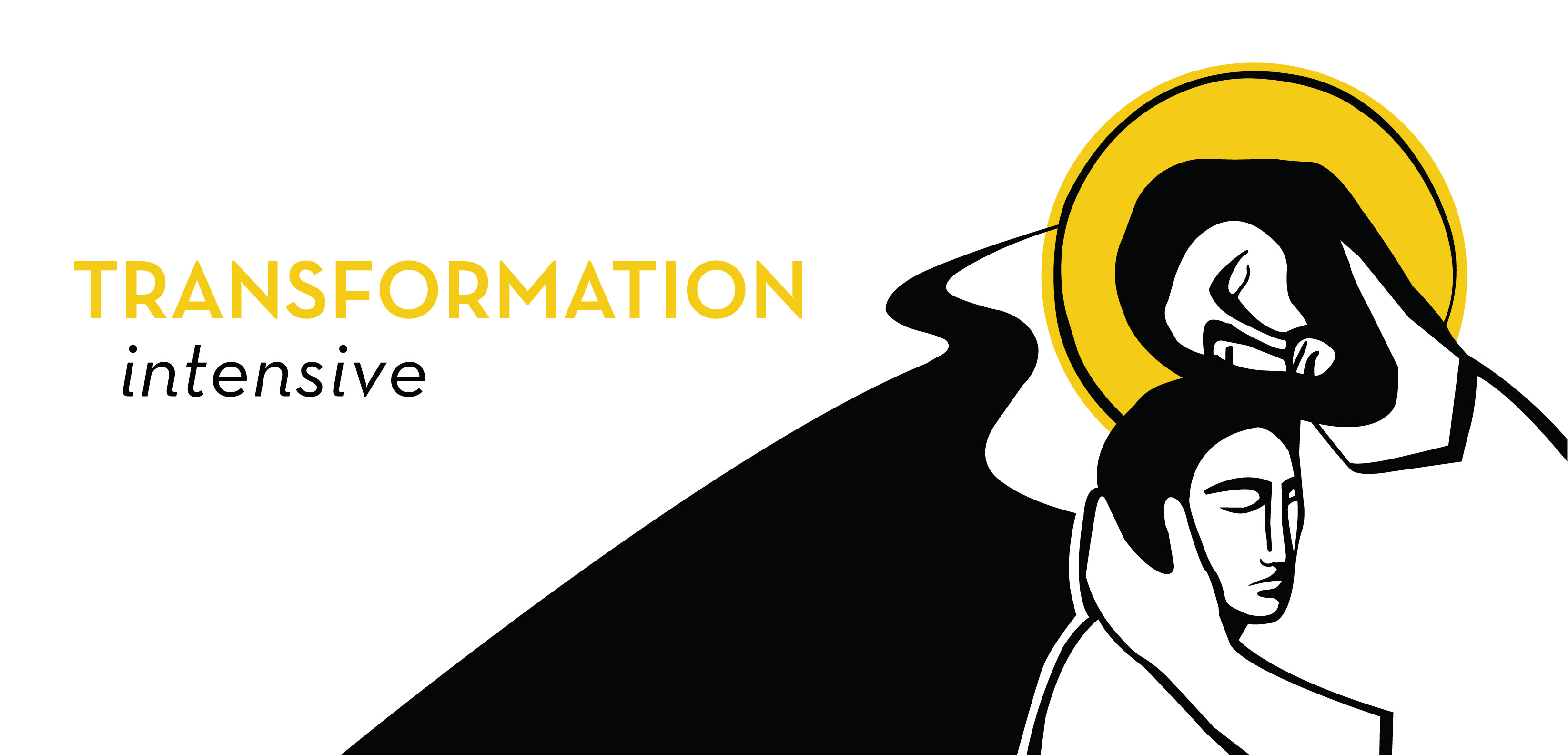Every year, Resurrection hosts a nine-month course called the Transformation Intensive which is based on the spiritual exercises of a 16th century saint, Ignatius of Loyola. The course engages participants in a rigorous practice of individual and corporate prayer designed to help them be transformed by Christ as they encounter him in the Gospel narratives.
Our Youth Pastor Will Chester took part in the 2015-2016 Transformation Intensive class and offers the following thoughts on how the course lived up to its name of being truly transformational.
I have feelings. Not a very profound statement, but it’s been profound to me during my time in the Transformation Intensive. Let me explain.
My emotional life is even keel–infrequent highs, infrequent lows, steady. So it was with some trepidation that I learned that the Ignatian Spiritual Exercises upon which the
Transformation Intensive (TI) is based rely heavily on the emotional life of the participant as a way of connecting to God. I’d considered my emotional stability to be a strength for many years. Certainly it had never gotten in my way while during page after page of historical-grammatical exegesis in seminary. But the Spiritual Exercises were asking me to be less of a scientist, more of an artist, when it came to reading God’s Word. If my emotions were to be some of my primary tools, I was going to have to do some digging to see what I could find.
Early on, our
TI materials instructed us to do something called “Immanuel Journaling” where we’d take a God’s-eye-view of ourselves and write what He sees looking down at us. It was an uncomfortable practice at first–none of us want to put words in God’s mouth–but we were assured that the point was simply to listen for what God might be saying over our situation. Thinking about my emotional world from the first-person perspective had resulted in quick dead-ends in the past. Taking a third-person perspective was a bit more removed, and because of that–especially for an emotional newbie like myself–more productive. Far from my fears that I would somehow put words in God’s mouth, I found myself doing the very work of theology that I had been trained to do during seminary–thinking God’s thoughts after him–only the subject was myself.
Slowly, through the weeks, I began to understand that my emotional steadiness was as much a wound as it was a strength. I’d been taught to mask my emotions in order to keep the peace. There’s goodness in that, sometimes, but it stunted me. I could relate to the God of the Epistles; the God of the Psalms and Prophets was more perplexing. I’d never had the boldness to speak to him with the emotional range of the Psalmists, not because of my strong faith, but because of my fear that he might leave me if I did. I didn’t know that about myself before TI. I do now.
Through this process, I felt myself becoming more…
human. Instead of feeling like an even-keel emotional robot, I began noticing what was happening under the surface: anxiety… fear… loneliness… frustration. I found that as my emotional vulnerability became a path to intimacy with God, it also became one for my closest relationships.
The Gospels took on new light. For years I’d practiced a particular method of reading the bible, asking questions of language choice by the authors and rehearsing the historical setting in which the texts were set and later received. In
TI we looked at the same texts differently. Our method was contemplative, placing ourselves in the story as a disciple, sick person, or onlooker. I didn’t leave my theological training at the door–my understanding of what the biblical author intended served as imaginative guard rails–but instead of solely engaging my mind to look for the principle, theology, or narrative arc, I used my emotions to engage with the characters in the story. I imagined myself experiencing miraculous healings as if I were right there. I spent time with Mary on the sidewalk of my imagination where Gabriel first appeared to her and then later in the manger as she held Jesus for the first time. Mary became more than just an article of the creed–she became a person with her own fears, her own faith–and the more I understood her flesh and blood humanity by imagining her emotions, the more I understood Jesus’ flesh and blood too, as one born of a woman–just like me. The more human Jesus became, the more moved I felt by his acts of mercy, the more I valued his friendship to me.
I’ve always believed that prayer and scripture reading are central to the Christian life and that they should be transformative exercises, not simply rote practices or mere intellectual endeavor. What
TI showed me was that I had tools for these exercises that I wasn’t engaging. Learning to feel–and to feel with God–has refreshed my life in new and wonderful ways.



